Crime, corruption, and sin: the dark underbelly of Los Angeles in the 1920s-1950s

Raymond Chandler’s Philip Marlowe, Billy Wilder’s Barton Keyes, and Roman Polanski’s JJ ‘Jake’ Gittes: three iconic private investigators who popularised the Los Angeles crime story in the 20th century – a good man traveling solo through a hot, seedy, grimy city, where bad things happen to bad people.
‘The underbelly of Los Angeles was festering like oranges rotting in the perpetual sun,’ writes Jim Heimann in the introduction to Dark City: The Real Los Angeles Noir. The new Taschen book explores the sinister side of the City of Angels through the photographs and clippings published in local newspapers between the 1920s and 1950s – the real life stories that inspired Chandler, Wilder and Polanski’s fictional characters.
The photographs also touch on the sensationalism rife in Los Angeles — the bloodlust of those newspaper readers almost as fervent as the bloody-minded criminals, such as the infamous Trunk Murderer, known as Winnie Ruth Judd, who dumped the dismembered remains of her two former roommates in suitcases left at Central Station and Central Avenue in 1931.
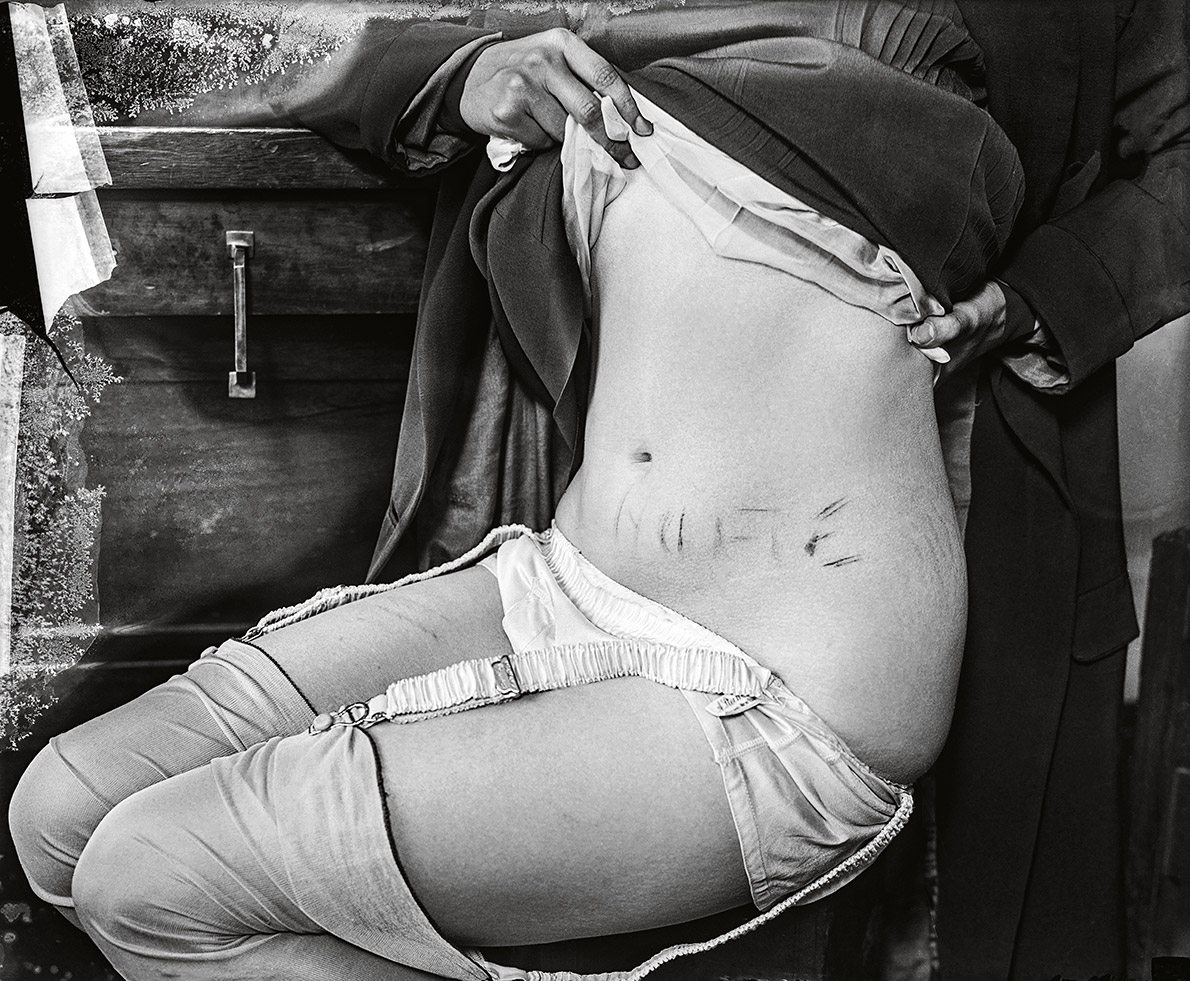
The victim of a mad butcher, a sex and torture victim reveals her aggressor’s handiwork, c1938.
It’s not only a foray into some of Los Angeles’ most gruesome crimes, as they were narrated at the time, but traces the history of corrosive corruption in the city, from the perversion of Hollywood stars – and fame-seekers like the Black Dahlia, whose brutal murder in 1947 was never solved – to the emergence of mob culture, cult leaders, and unscrupulous police officers, the fiction is sometimes more believable than the reality.
RELATED STORY
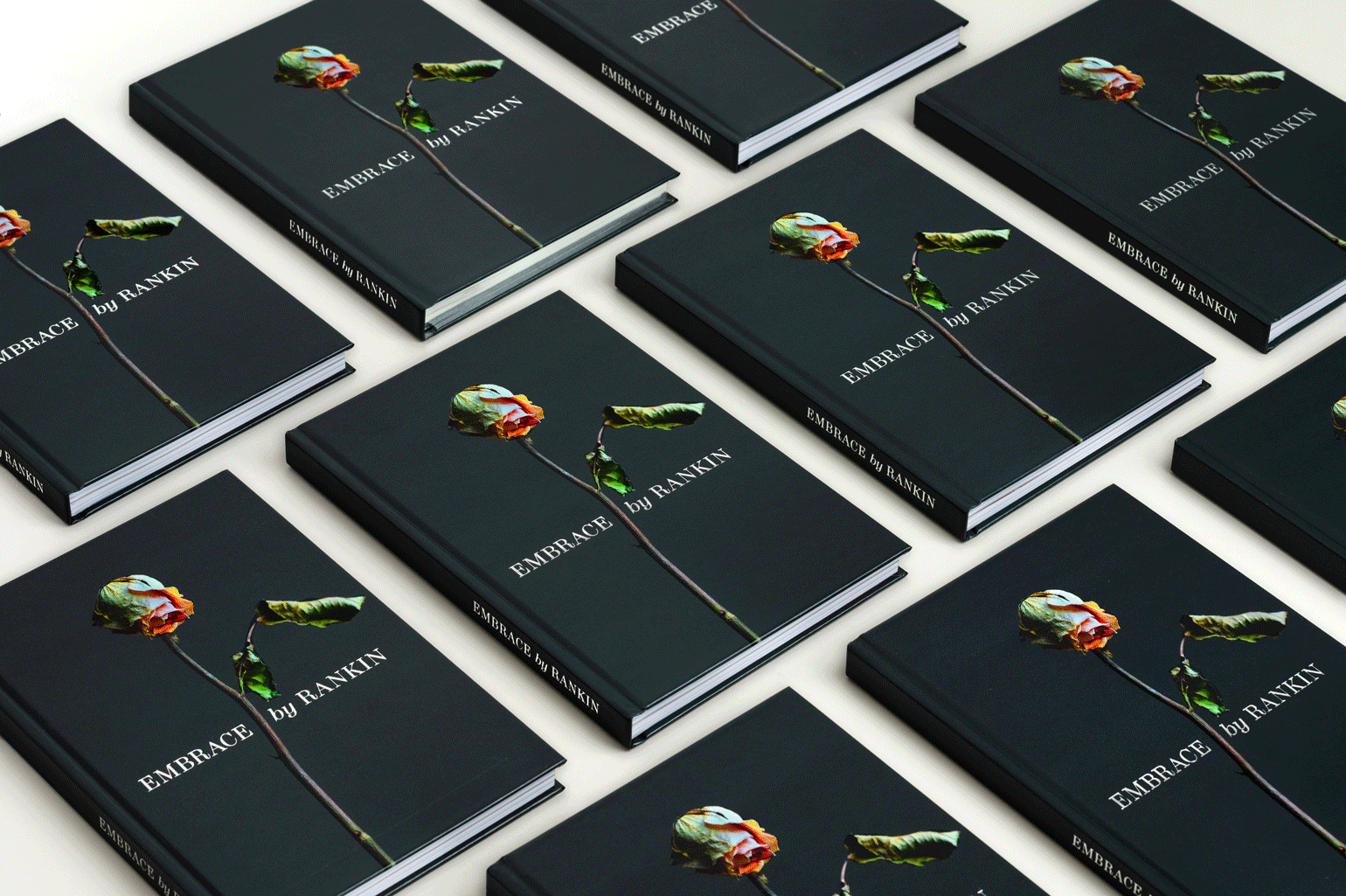
The pictures implicate the role of reporters, and the vigilantism of the papers with their speculation over suspects, scandal and the secret lives of these quasi-mythological yet very real figure, such as the Black Widow, who ran an interstate prostitution ring from LA in the 1940s.
At the same time, Dark City becomes a psychological study of the contemporary reader: what is it about these crimes that attracts us, still today? You might remark on the human ability to spin a yarn out of the most horrific events, as the book becomes as much a socio-political portrait of a changing American city as a dark delight in criminality and its consequences.
‘Real cities have something else, some individual bony structure under the muck. Los Angeles has Hollywood – and hates it. It ought to consider itself damn lucky,’ wrote Chandler in The Little Sister. ‘Without Hollywood it would be a mail order city. Everything in the catalogue you could get better somewhere else.’
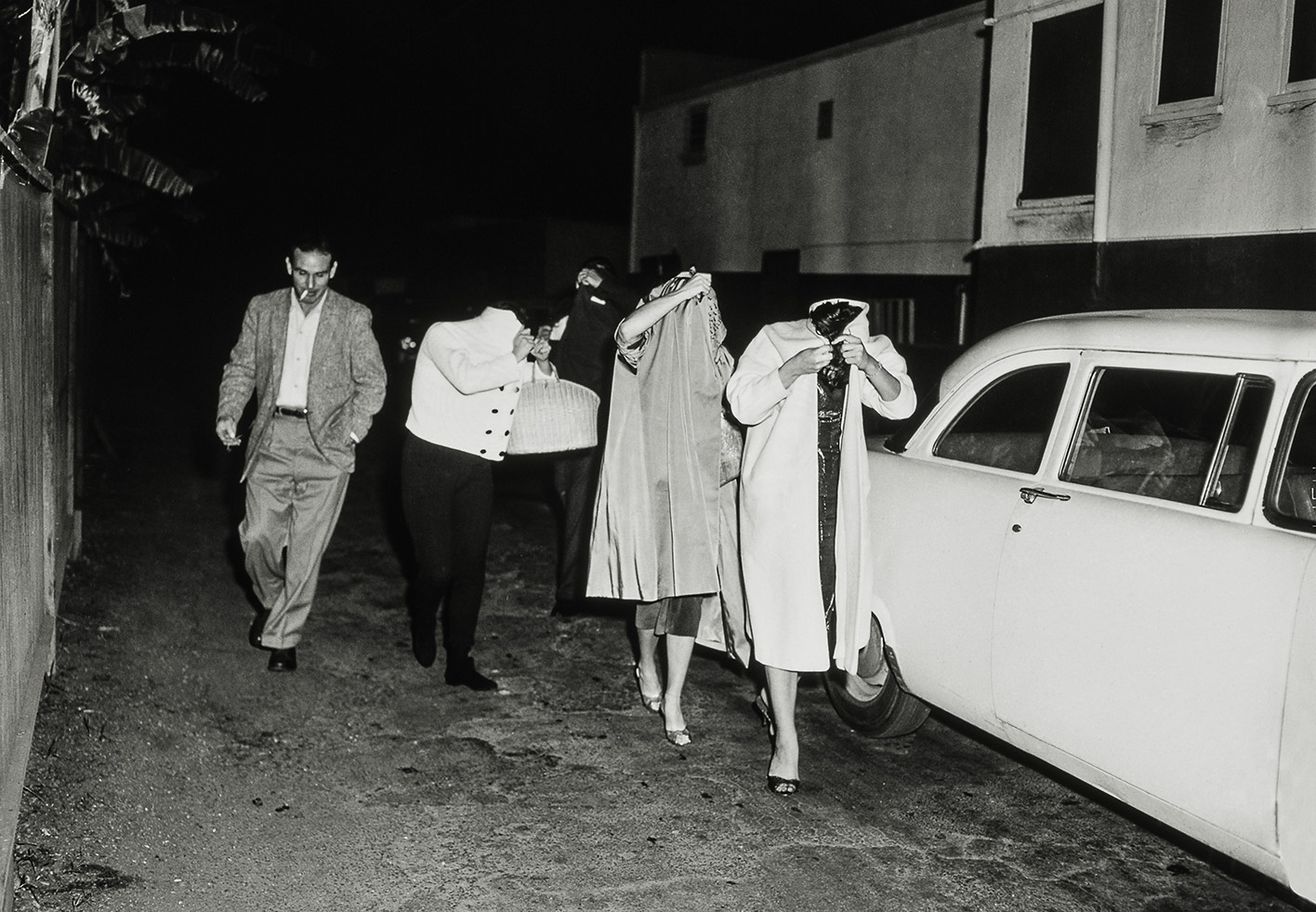
A bevy of hookers cover up after a vice squad raid at the Carolina Pines Restaurant on Melrose Avenue, c 1957.

Betty Rowland reclines on a sofa backstage at the Follies, c 1938.
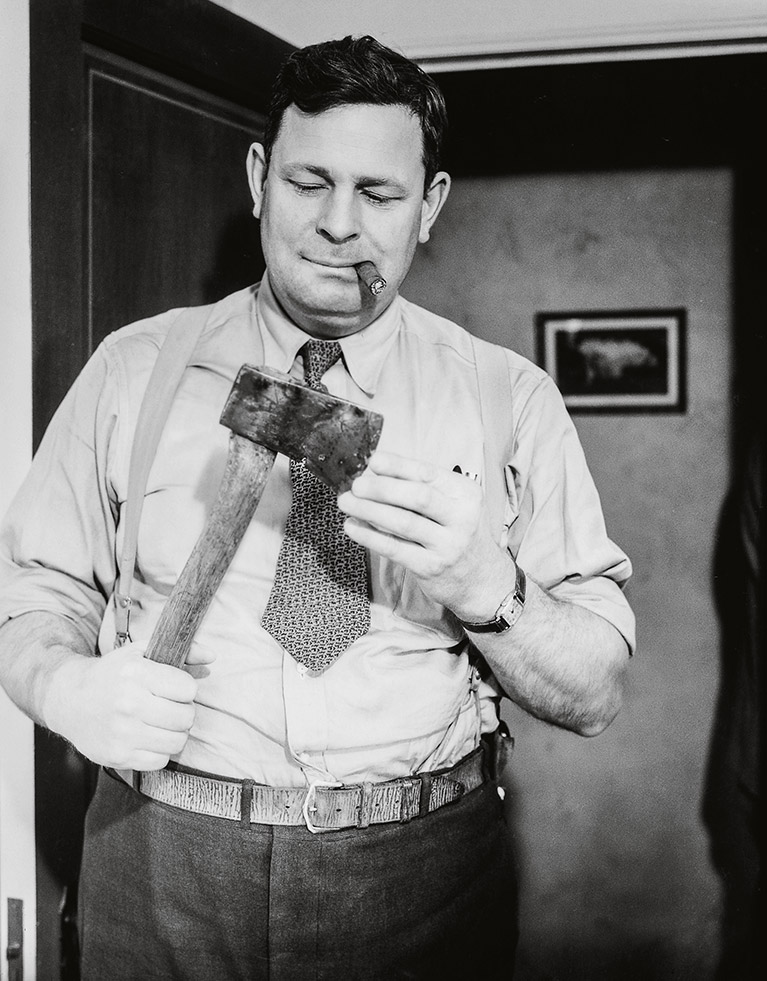
A cigar-chomping detective examines the murder weapon, c 1940.
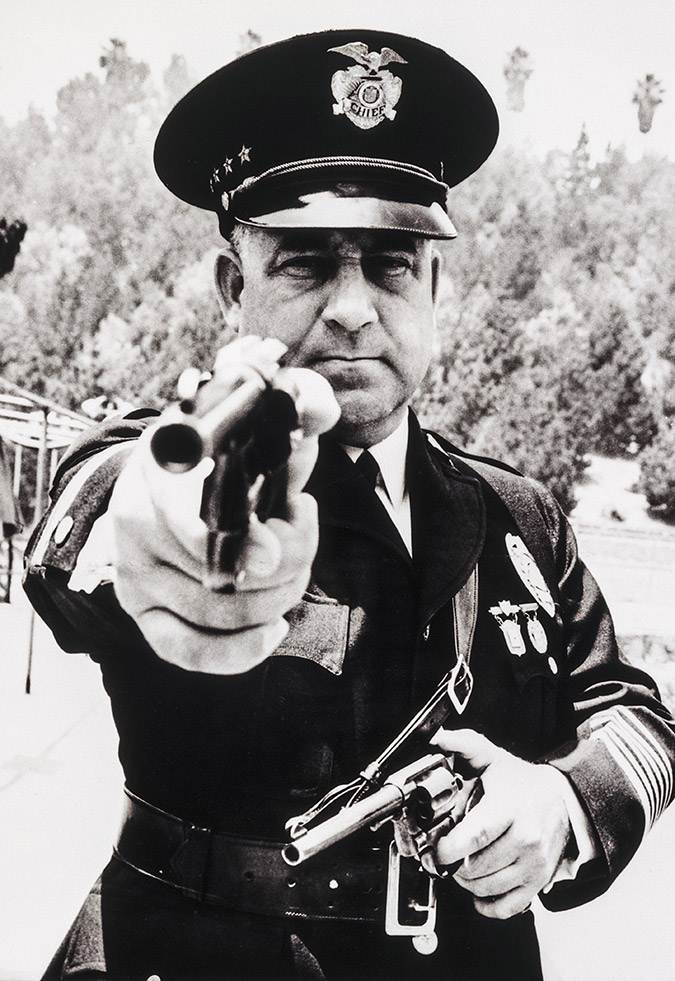
James ‘Two Gun’ Davis was the emblem of LA police corruption, 1937.
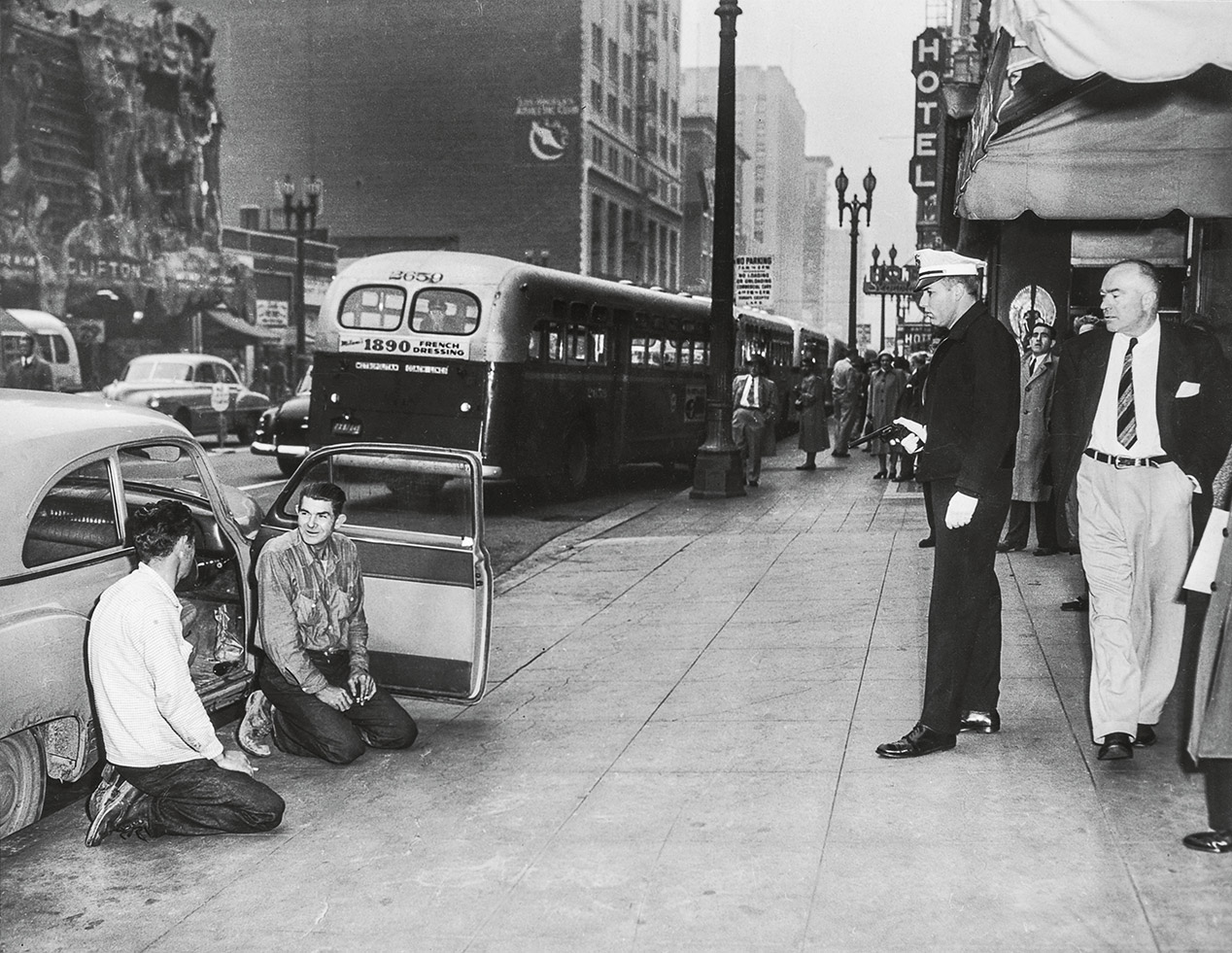
Two prospective yardbirds are kept in check by a downtown police officer, 1955.

A reluctant suspect winces as a police officer take things into his own hands, c 1934.
INFORMATION
Dark City: The Real Los Angeles Noir, £75, published by Taschen
Wallpaper* Newsletter
Receive our daily digest of inspiration, escapism and design stories from around the world direct to your inbox.
Charlotte Jansen is a journalist and the author of two books on photography, Girl on Girl (2017) and Photography Now (2021). She is commissioning editor at Elephant magazine and has written on contemporary art and culture for The Guardian, the Financial Times, ELLE, the British Journal of Photography, Frieze and Artsy. Jansen is also presenter of Dior Talks podcast series, The Female Gaze.
-
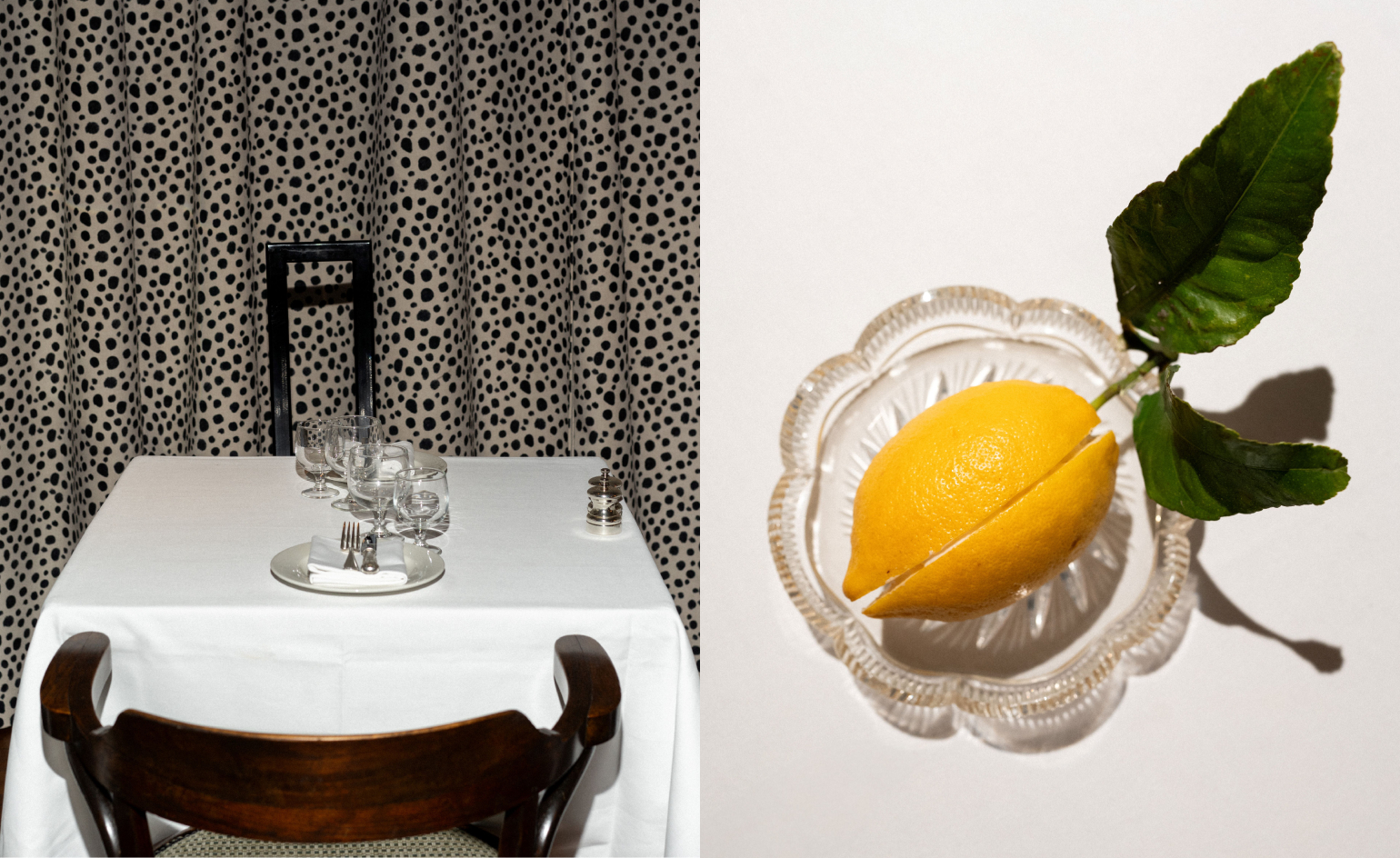 Marylebone restaurant Nina turns up the volume on Italian dining
Marylebone restaurant Nina turns up the volume on Italian diningAt Nina, don’t expect a view of the Amalfi Coast. Do expect pasta, leopard print and industrial chic
By Sofia de la Cruz
-
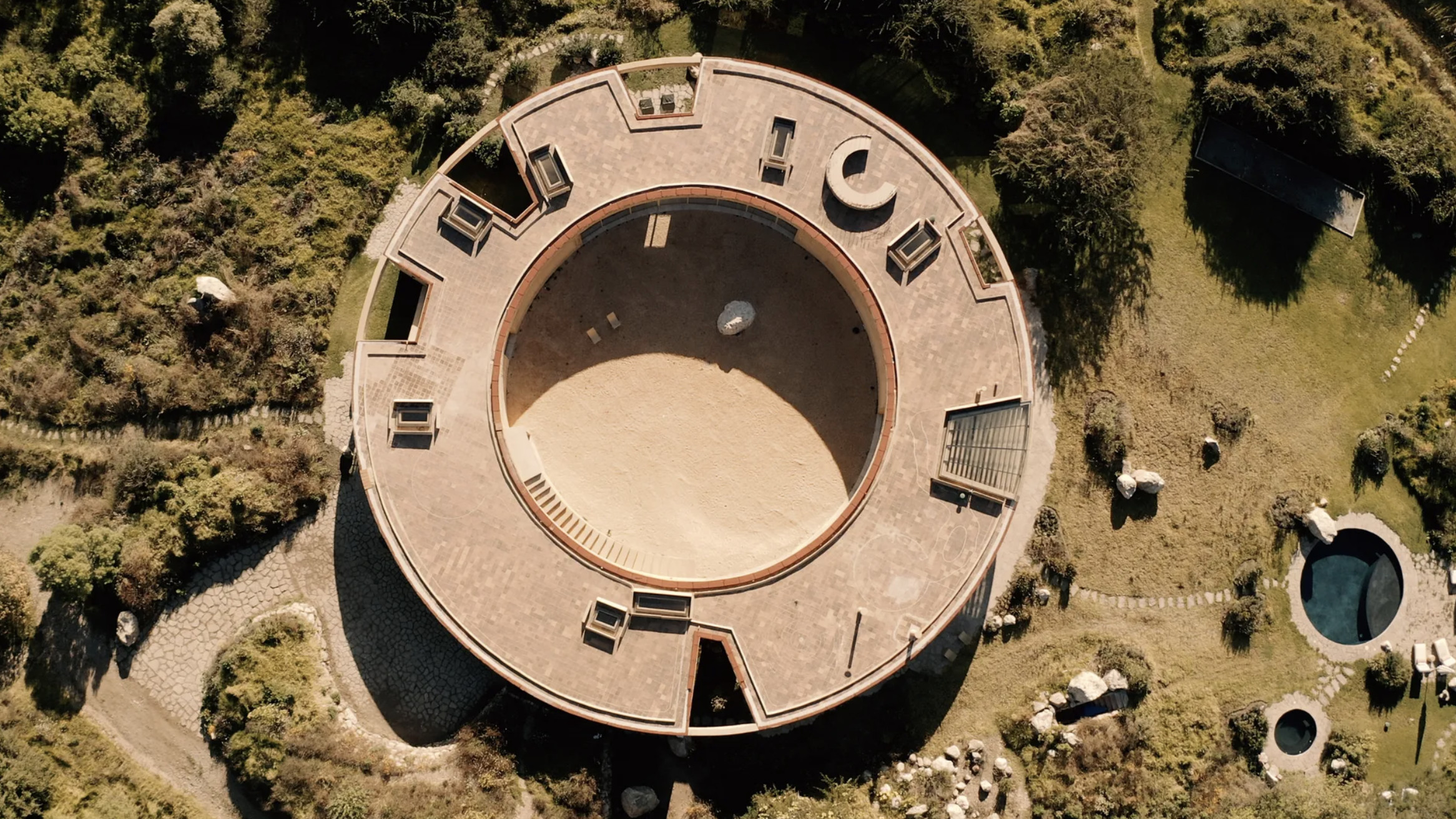 Tour the wonderful homes of ‘Casa Mexicana’, an ode to residential architecture in Mexico
Tour the wonderful homes of ‘Casa Mexicana’, an ode to residential architecture in Mexico‘Casa Mexicana’ is a new book celebrating the country’s residential architecture, highlighting its influence across the world
By Ellie Stathaki
-
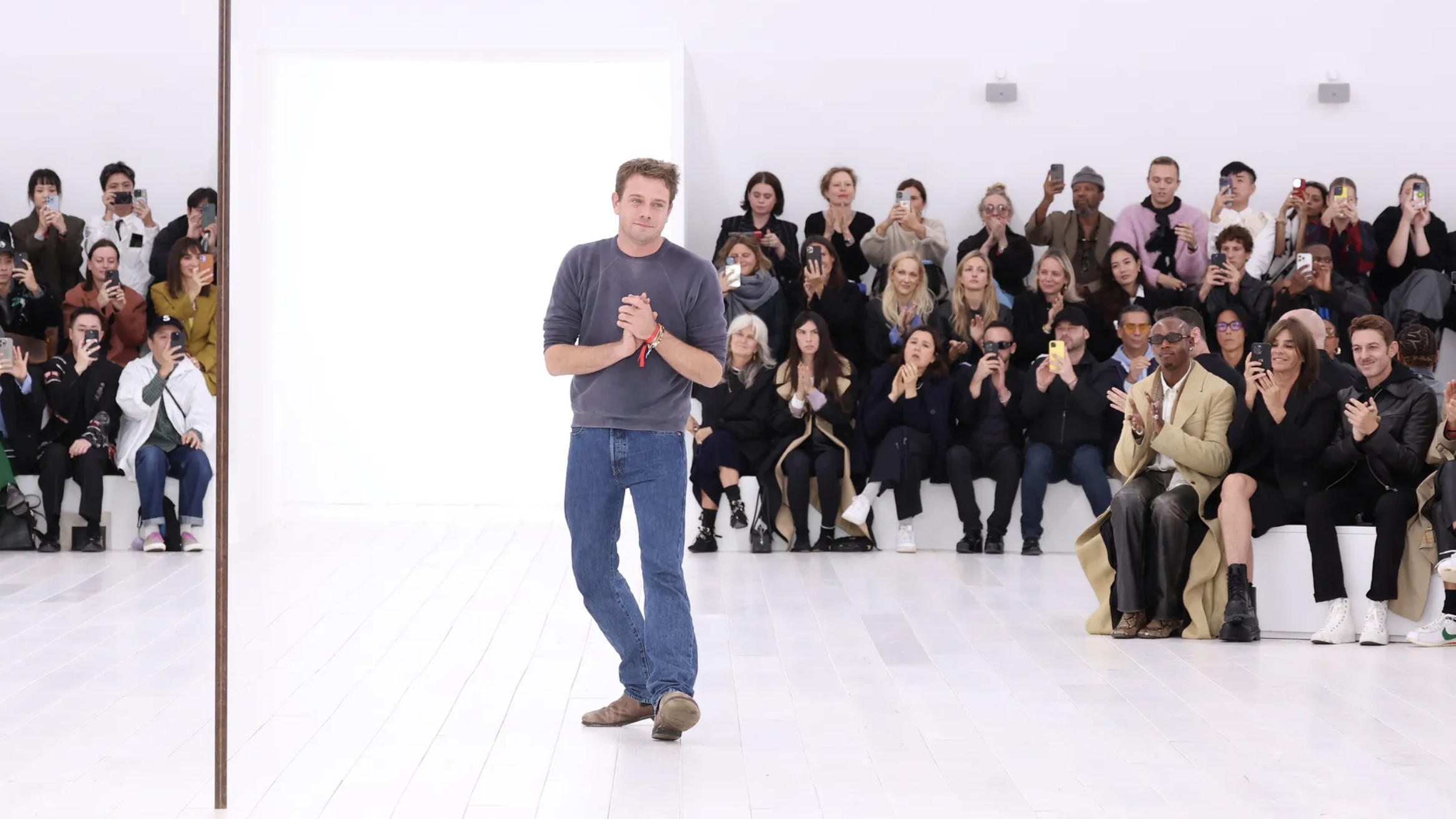 Jonathan Anderson is heading to Dior Men
Jonathan Anderson is heading to Dior MenAfter months of speculation, it has been confirmed this morning that Jonathan Anderson, who left Loewe earlier this year, is the successor to Kim Jones at Dior Men
By Jack Moss
-
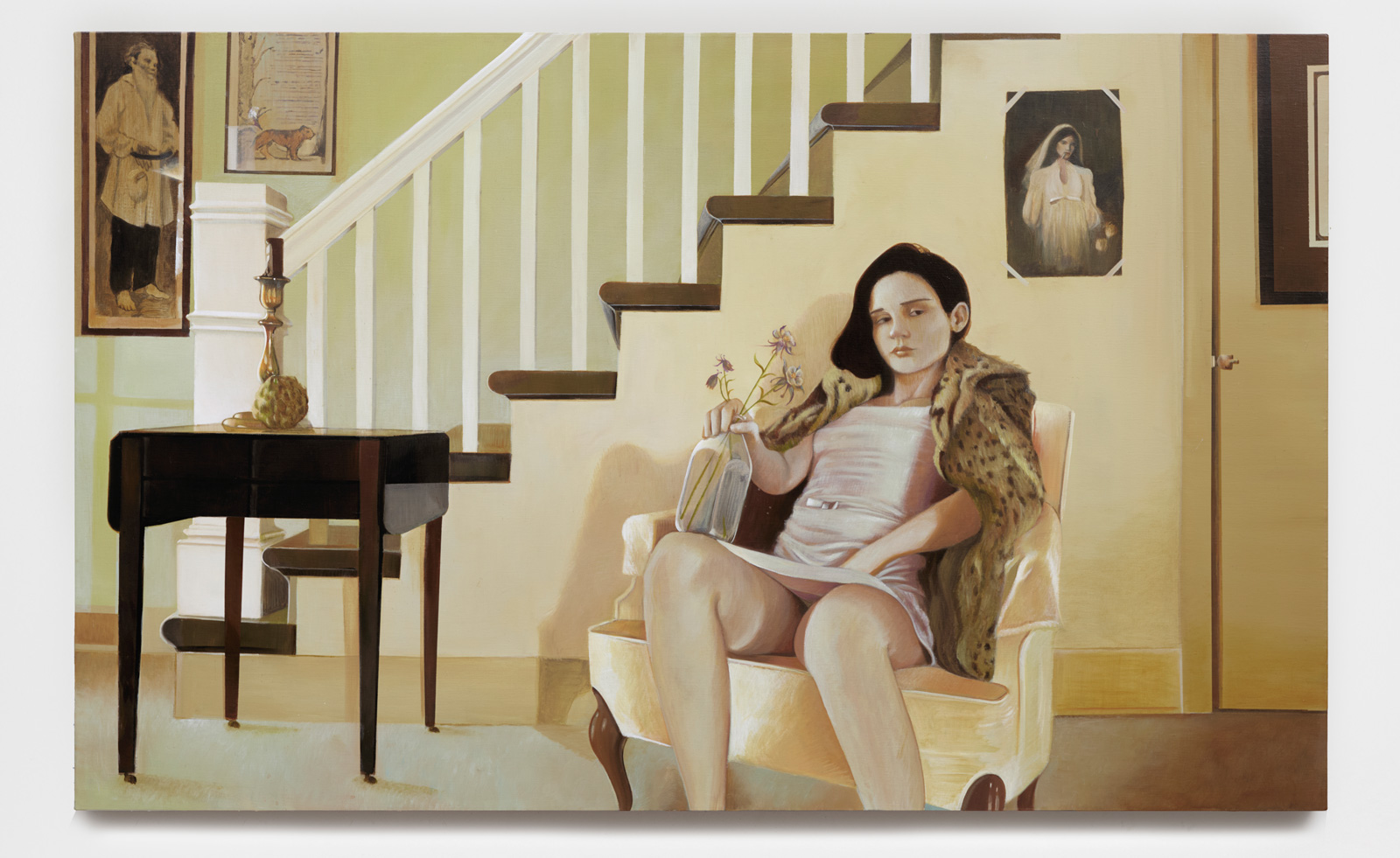 Leonard Baby's paintings reflect on his fundamentalist upbringing, a decade after he left the church
Leonard Baby's paintings reflect on his fundamentalist upbringing, a decade after he left the churchThe American artist considers depression and the suppressed queerness of his childhood in a series of intensely personal paintings, on show at Half Gallery, New York
By Orla Brennan
-
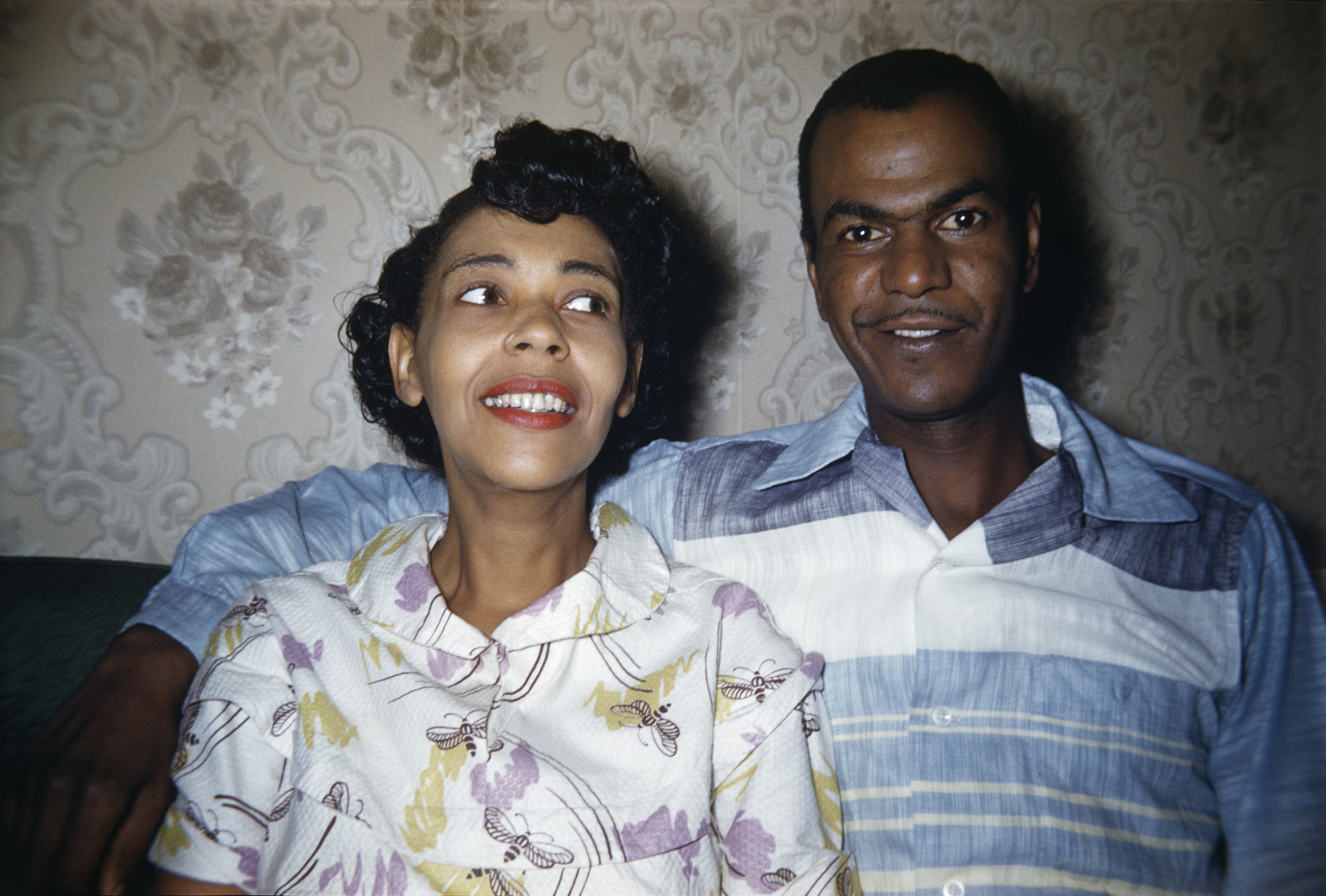 ‘Dressed to Impress’ captures the vivid world of everyday fashion in the 1950s and 1960s
‘Dressed to Impress’ captures the vivid world of everyday fashion in the 1950s and 1960sA new photography book from The Anonymous Project showcases its subjects when they’re dressed for best, posing for events and celebrations unknown
By Jonathan Bell
-
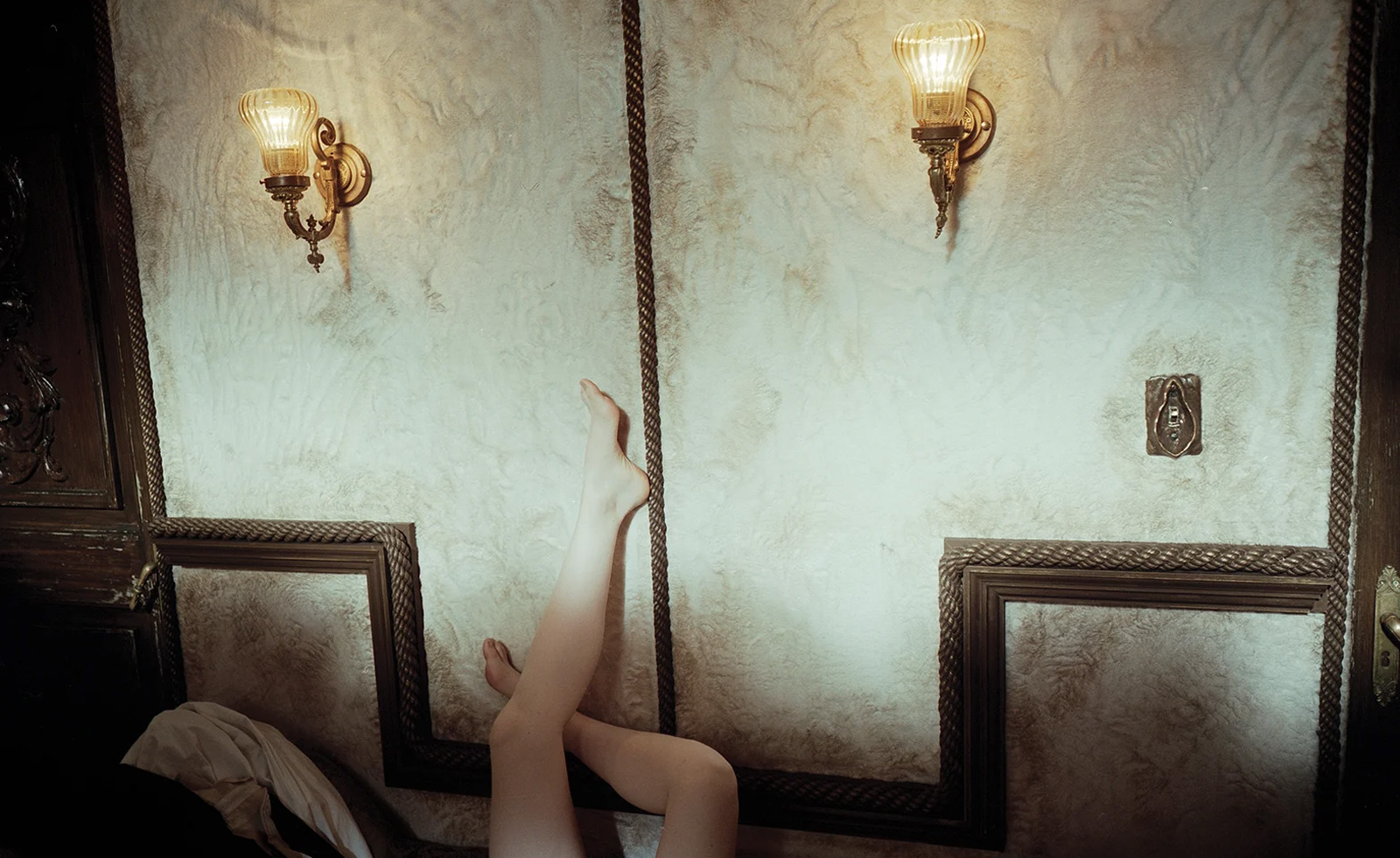 Unlike the gloriously grotesque imagery in his films, Yorgos Lanthimos’ photographs are quietly beautiful
Unlike the gloriously grotesque imagery in his films, Yorgos Lanthimos’ photographs are quietly beautifulAn exhibition at Webber Gallery in Los Angeles presents Yorgos Lanthimos’ photography
By Katie Tobin
-
 Desert X 2025 review: a new American dream grows in the Coachella Valley
Desert X 2025 review: a new American dream grows in the Coachella ValleyWill Jennings reports from the epic California art festival. Here are the highlights
By Will Jennings
-
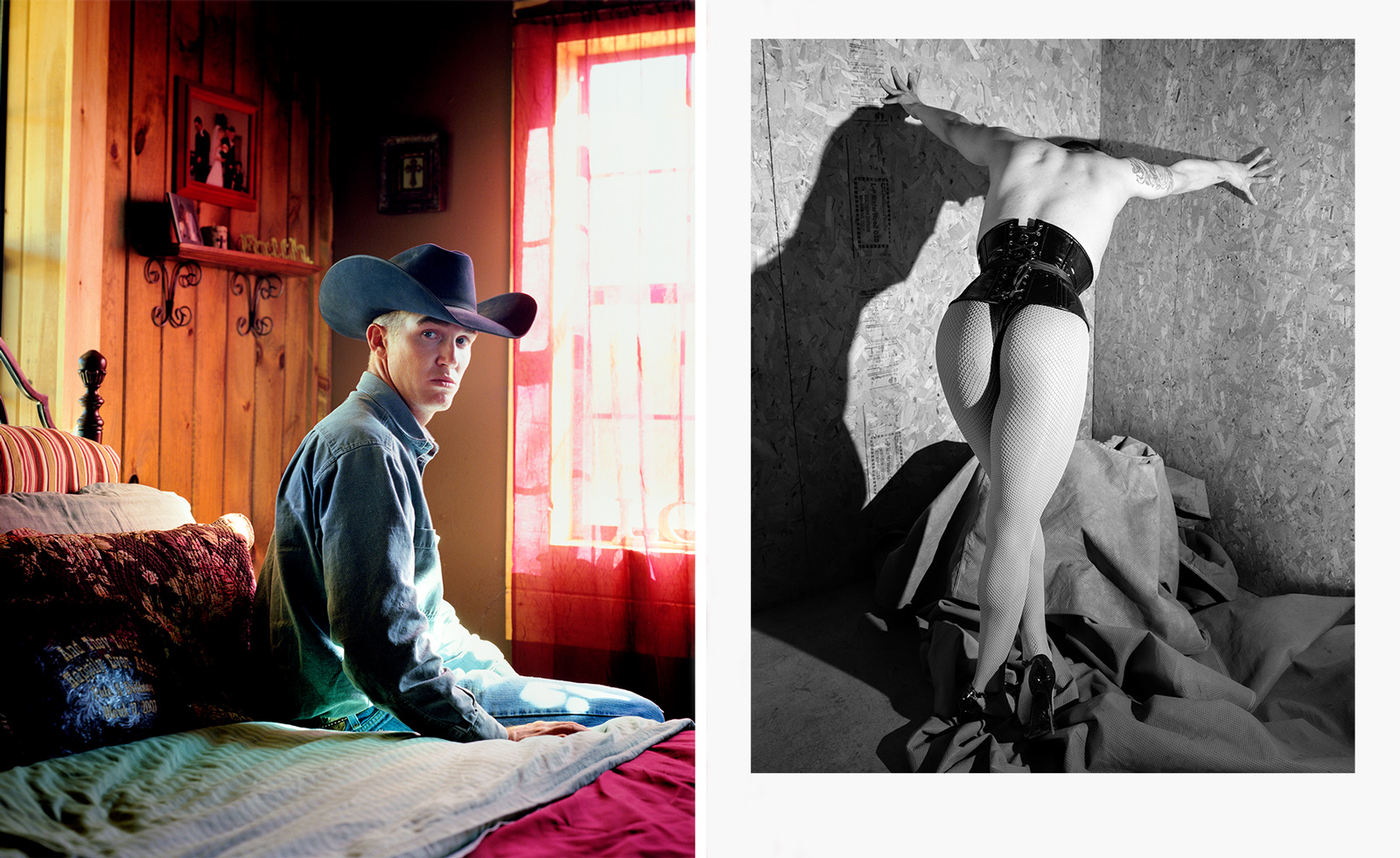 Cowboys and Queens: Jane Hilton's celebration of culture on the fringes
Cowboys and Queens: Jane Hilton's celebration of culture on the fringesPhotographer Jane Hilton captures cowboy and drag queen culture for a new exhibition and book
By Hannah Silver
-
 New gallery Rajiv Menon Contemporary brings contemporary South Asian and diasporic art to Los Angeles
New gallery Rajiv Menon Contemporary brings contemporary South Asian and diasporic art to Los Angeles'Exhibitionism', the inaugural showcase at Rajiv Menon Contemporary gallery in Hollywood, examines the boundaries of intimacy
By Aastha D
-
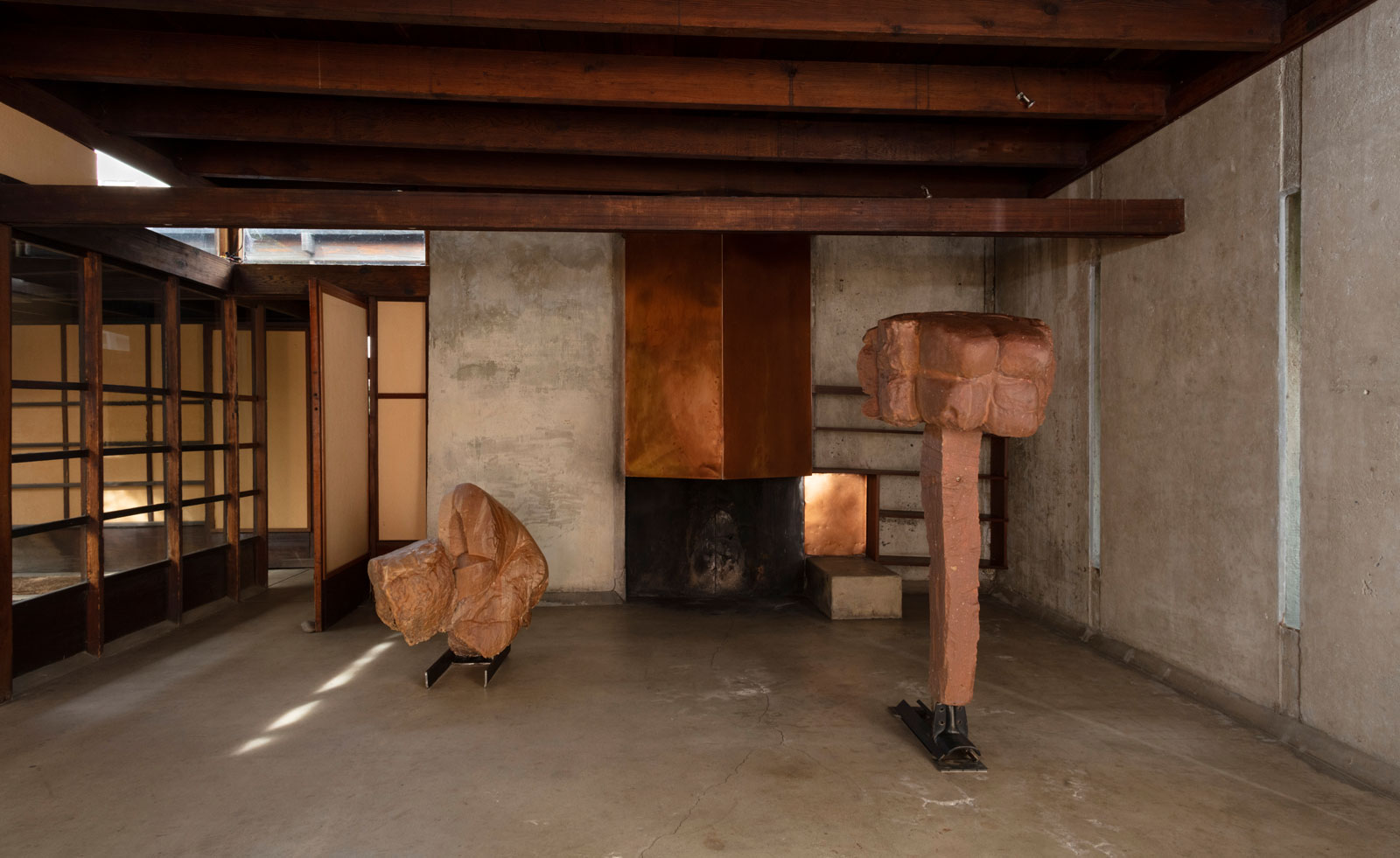 Helmut Lang showcases his provocative sculptures in a modernist Los Angeles home
Helmut Lang showcases his provocative sculptures in a modernist Los Angeles home‘Helmut Lang: What remains behind’ sees the artist and former fashion designer open a new show of works at MAK Center for Art and Architecture at the Schindler House
By Francesca Perry
-
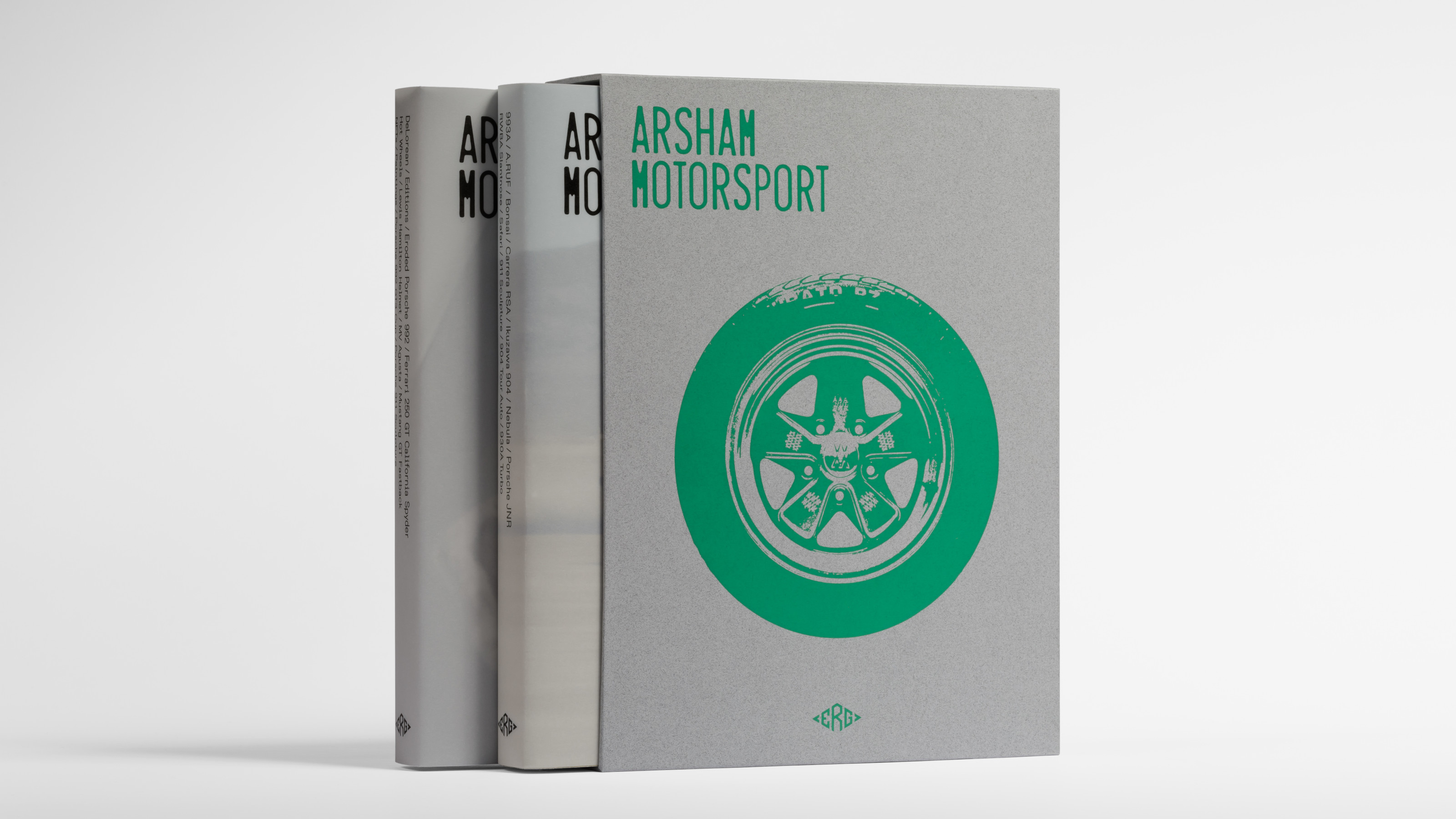 Daniel Arsham’s new monograph collates the works of the auto-obsessed American artist
Daniel Arsham’s new monograph collates the works of the auto-obsessed American artist‘Arsham Motorsport’ is two volumes of inspiration, process and work, charting artist Daniel Arsham’s oeuvre inspired by the icons and forms of the automotive industry
By Jonathan Bell